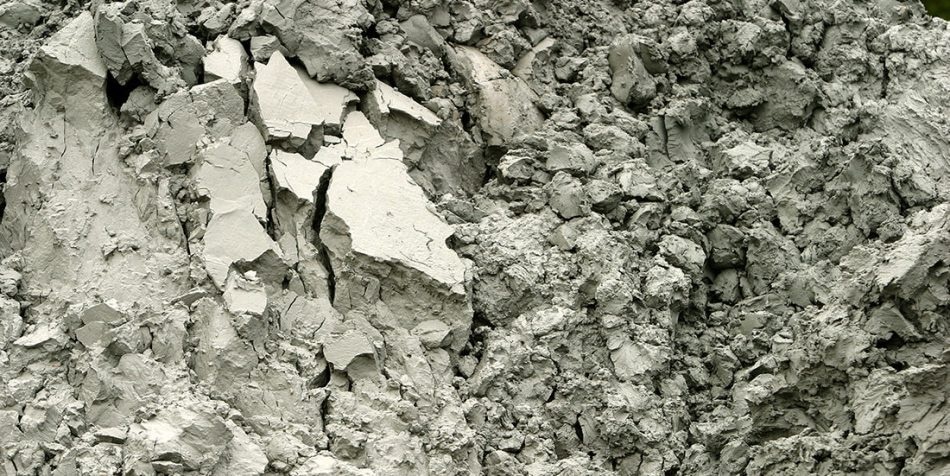Nov 28 2016
 Researchers have designed a micrometre thin clay gel on an oil droplet in water by tinkering with the salt concentration in the water around the drop. This approach could help improve the amount of oil we can get out of oil reservoirs. . Illustration Photo: Thinkstock
Researchers have designed a micrometre thin clay gel on an oil droplet in water by tinkering with the salt concentration in the water around the drop. This approach could help improve the amount of oil we can get out of oil reservoirs. . Illustration Photo: Thinkstock
Norwegian and Brazilian researchers have developed nanostructures that could help to increase the production of oil, extend the lifespan of certain foods or could be used in drugs or cosmetics by controlling a mix of water, salt and clay.
The separation of sauce or mayonnaise, or a slippery layer of oil that develops on top of skin cream highlights the fact that oil and water generally stay separate. It is a complicated task to keep oil droplets or water droplets stable in a substance called an emulsion.
This challenge is seen in medicine, processed food and improved oil recovery from oil reservoirs. Even though an emulsifier can be used to keep an emulsion stable, several industries also have the opposite challenge of keeping both oil and water separated from each other.
Jon Otto Fossum, an NTNU physicist, has previously worked with controlling the behavior of clay and oil drops by using electricity. This finding was featured in Nature Communications in 2013. Jon Otto Fossum is currently branching into salty water, clay and oil.
Designer Materials
In this recent effort, Fossum headed an international team that developed two varied types of clay-based nanostructures on an oil droplet water by simply fine-tuning the salinity of the water around the drop. The finding was featured in an open-access online journal published by Nature called Scientific Reports, and it builds on two familiar properties of clay in water.
Clay particles are found to repel one another in water without salt. In this scenario, the clay develops the same kinds of nanostructures identified in glass materials.
In contrast, clay particles found in saline water tend to aggregate and produce a type of gel comprising of a nano-network of clay particles.
It is possible to design small particles of clay with a micrometer thin gel on an oil droplet in water by fine tuning the salinity of the water around the oil drop.
Jon Otto Fossum, Physicist, NTNU
Mechanical Strength Important
Fossum stated that the find highlights the availability of micrometer-thick gel structures developed at particular salt concentrations in water with adequate mechanical strength in order to prevent oil droplets in emulsions from merging with each other. This research is the first to observe glass or gel nanostructures in nanofluids at fluid-fluid interfaces.
Fossum stated that the potential to develop micrometer-thick gel structures by monitoring salt concentrations could be used to improve the amount of oil recovered from oil reservoirs, or might be able to enhance the lifetime of particular food products. These structures could also be used in cosmetics or medicines, according to Fossum.
Norwegian-Brazilian Cooperation
The international group behind the research is drawn from NTNU, Norway’s largest university, and from Pontifica Universidade Catolica do Rio de Janeiro (PUC-Rio), and Universidade de Sao Paulo (USP), two of Latin America’s top universities. The interdisciplinary network was composed of physicists from NTNU, headed by Fossum, mechanical engineers from PUC-Rio, led by Marcio S. Carvalho and chemists from USP, led by Koiti Araki.
Financial support was received from the Research Council of Norway, the Norwegian Centre for International Cooperation in Education, the Brazilian National Council for Scientific and Technological Development and CAPES.